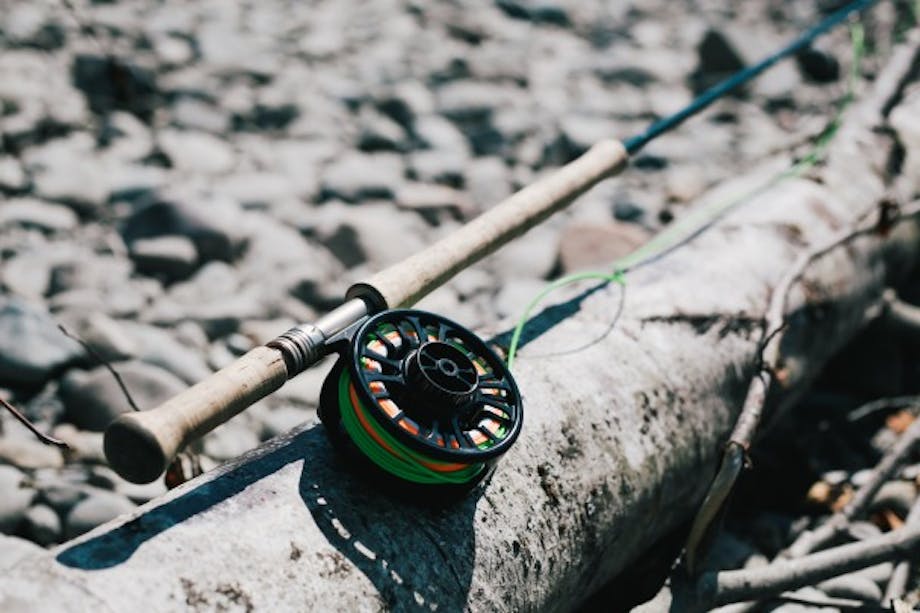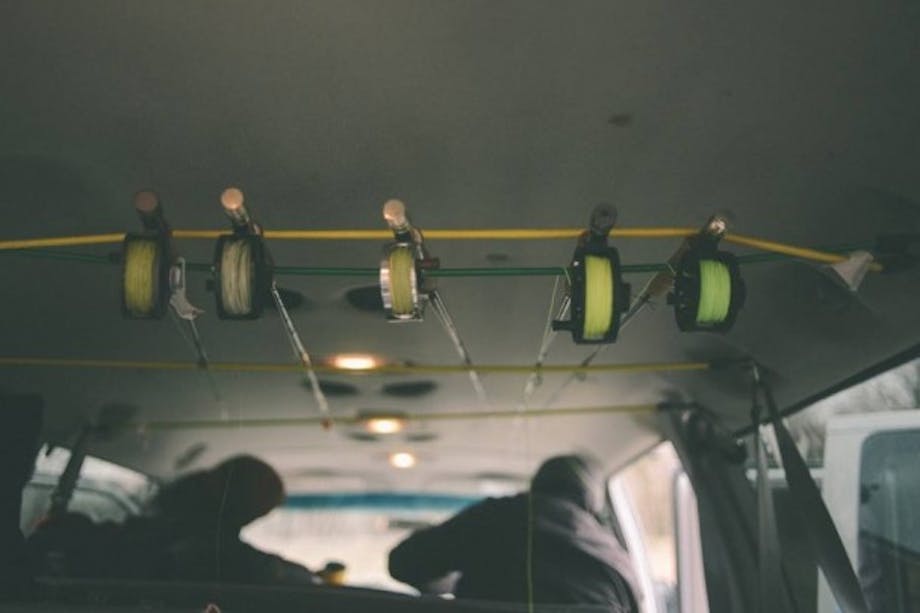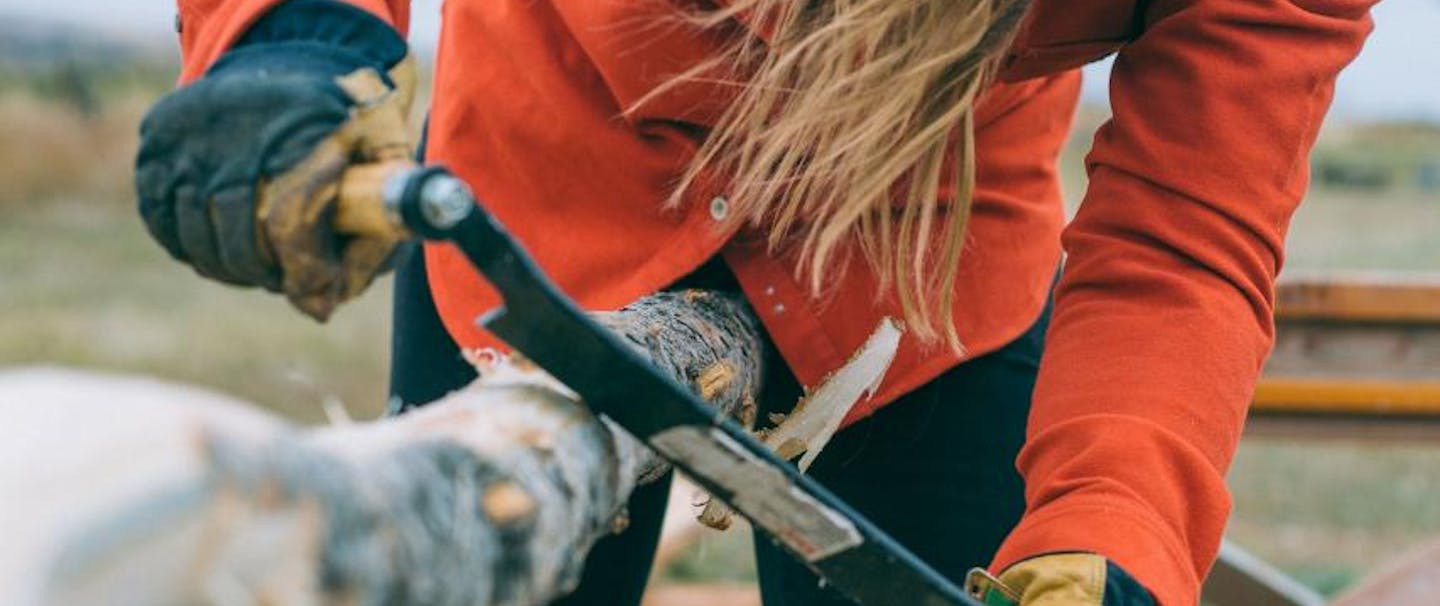A bike-pack fishing trip through a scorched landscape was not the trip that Ashlee thought she was going to take – but the things she saw and the experience she had left an impression about how we interact with the landscape after wildfire.
“Lucky for you, all the goat’s head burned too,” someone said, smiling, as we pedaled up the gravel Deschutes River Railbed trail. My husband and I had been warned of the tire-slicing vines. I had spent the prior evening squeezing liquid sealant into my tire tubes. We camped near the start of the trail, where the Deschutes meets the Columbia, surrounded by lush green grass and tall alder trees. We awoke as usual, or as usual as one can in a campground while having small talk with single-serve neighbors in their pajamas. It was strange no one mentioned the fire.

We camped ten miles in. Within minutes of arrival, I spotted a bull snake that immediately validated my desire to pack a tent instead of bivy sack. In the evening, the canyon winds tossed the dirt sideways. Even with a rain fly, we woke covered in dust. Post wildfire erosion is real.
The Substation fire started in July, two months before our trip. It burned over 70,000 acres, but the campground itself had been spared. The charred landscape wasn’t particularly visible beyond the wall of trees. I wondered how I had missed it.

Trevor pedals along Gordon Ridge, where green regrowth is already visible. I like to think the joy of a bike and fly rod is medicine to this recovering landscape.
I’d spent the late summer breathing smoke from regional wildfires, down from British Columbia, up from California and Oregon, and in from Washington itself. Yet, despite online research and news coverage of western wildfires, I hadn’t put it together that the area where we had planned for this trip had been burned. Had the news of wildfire become so common that I’d become numb to the details?
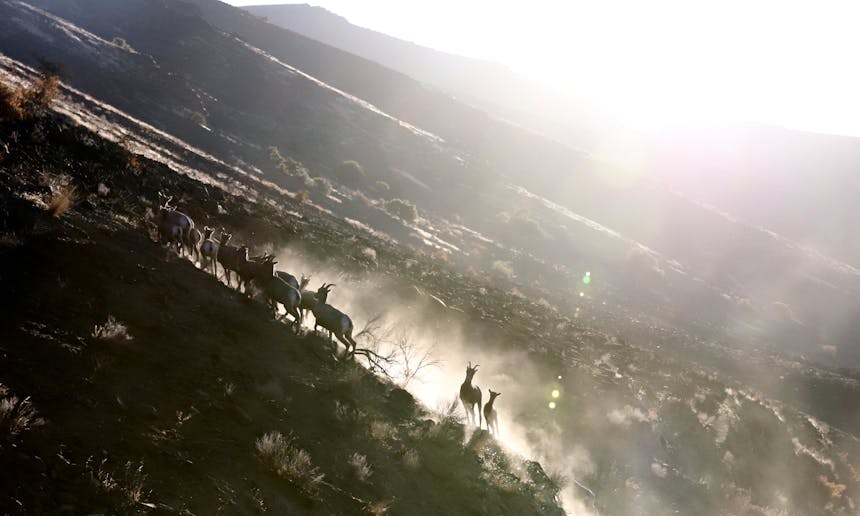
A herd of bighorn sheep scatter up the canyon. The sheep eat the riverside vegetation that remains as well as the nutrient-rich regrowth.
I wondered if it was okay to play here. I didn’t want to interfere with an ecosystem that’s trying so hard to recover. Natural resource managers would have the area closed if there were any concerns, right? And what about the local residents who’d suffered loss in the fire, was it disrespectful to recreate so soon? I wondered if I still wanted to go. I expected a dry, fall landscape, but not one that’s been charred. I expected wildlife and sage. I expected a lighthearted trip. I expected flat tires.
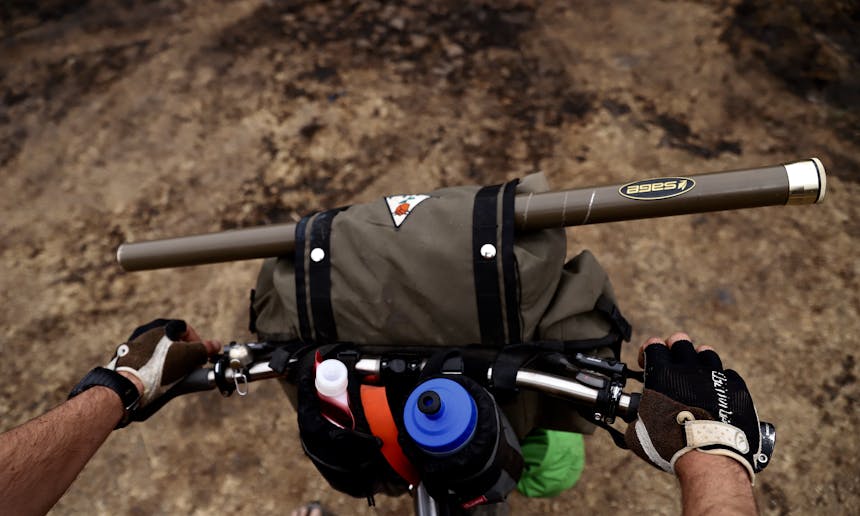
The fly rod is secured to the handlebar bag. Despite not wanting what we had brought for them, the fish were jumping and seemingly just fine post fire. There was a little part of me that was happy they ‘won’ this time.
In the end, we camped. To say it was dusty would be an understatement, but we slept on the ground, away from our routines. We fished. We got skunked (which is actually on par with a lot of our trips) but the licence fee seemed like an even more important way of supporting this place. We saw wildlife and felt more in awe of their resiliency than ever before. And most importantly, we did spend 2 days looking right at, not away from, the wildfire epidemic that’s hit the west.
And we didn’t get any flat tires.

